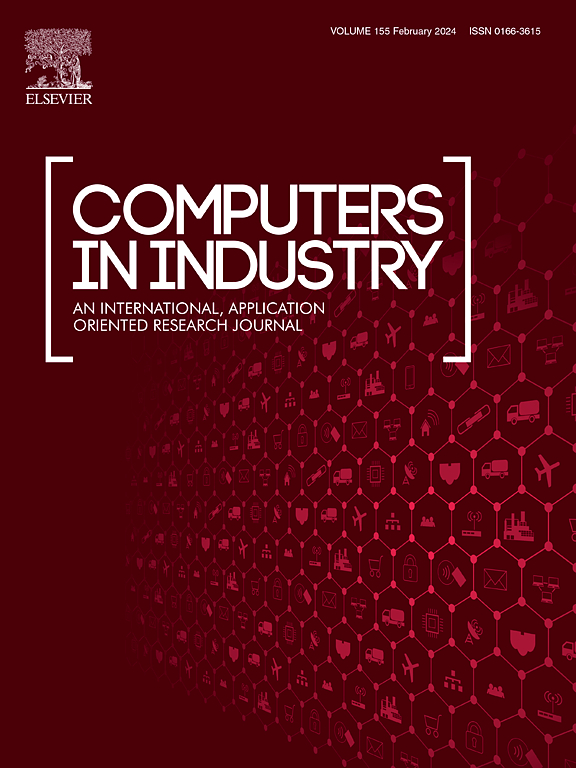Deformation-aware positioning optimization in aircraft assembly using surrogate model-assisted deep reinforcement learning
IF 8.2
1区 计算机科学
Q1 COMPUTER SCIENCE, INTERDISCIPLINARY APPLICATIONS
引用次数: 0
Abstract
Assembly positioning processes play a crucial role in determining the final manufacturing precision of aircraft components. Traditional methods typically treat components as rigid bodies, focusing on adjusting their position and orientation while overlooking the complexities associated with deformable structures. This paper proposes an innovative methodology to optimize the positioning process of aircraft components by incorporating deformation considerations. A two-stage surrogate model, enhanced by machine learning techniques, is introduced to approximate the deformation of structures under various locator configurations. Deep Reinforcement Learning (DRL) is subsequently applied to leverage the surrogate model-based simulation environment. The high-dimensional stress field, compressed by the surrogate model, is used as the state input for the DRL agent, significantly reducing training complexity and enhancing stability. The agent's action corresponds to adjusting the locator's end effector position, while the reward function is designed to minimize the deformation indicator. Upon training, the resulting policy demonstrates strong generalization on the test dataset, achieving a median structural deformation reduction of 99.3 %, with 95 % of the test samples showing a reduction of over 92 %. This approach not only improves the precision but also increases the productivity of aircraft assembly, establishing a new benchmark for intelligent assembly systems that involve deformable components.
基于代理模型辅助深度强化学习的飞机装配变形感知定位优化
装配定位工艺在决定飞机部件的最终制造精度方面起着至关重要的作用。传统方法通常将部件视为刚体,侧重于调整其位置和方向,而忽略了与可变形结构相关的复杂性。本文提出了一种创新方法,通过考虑变形因素来优化飞机部件的定位过程。通过机器学习技术强化的两阶段代用模型被引入到各种定位器配置下结构变形的近似值中。随后,深度强化学习(DRL)被应用到基于代用模型的仿真环境中。由代理模型压缩的高维应力场被用作 DRL 代理的状态输入,从而大大降低了训练的复杂性并提高了稳定性。代理的行动对应于调整定位器的末端效应器位置,而奖励函数则旨在使变形指标最小化。经过训练后,所产生的策略在测试数据集上表现出很强的泛化能力,结构变形减少的中位数达到 99.3%,其中 95% 的测试样本的变形减少率超过 92%。这种方法不仅提高了飞机装配的精度,还提高了生产率,为涉及可变形部件的智能装配系统树立了新的标杆。
本文章由计算机程序翻译,如有差异,请以英文原文为准。
求助全文
约1分钟内获得全文
求助全文
来源期刊

Computers in Industry
工程技术-计算机:跨学科应用
CiteScore
18.90
自引率
8.00%
发文量
152
审稿时长
22 days
期刊介绍:
The objective of Computers in Industry is to present original, high-quality, application-oriented research papers that:
• Illuminate emerging trends and possibilities in the utilization of Information and Communication Technology in industry;
• Establish connections or integrations across various technology domains within the expansive realm of computer applications for industry;
• Foster connections or integrations across diverse application areas of ICT in industry.
 求助内容:
求助内容: 应助结果提醒方式:
应助结果提醒方式:


